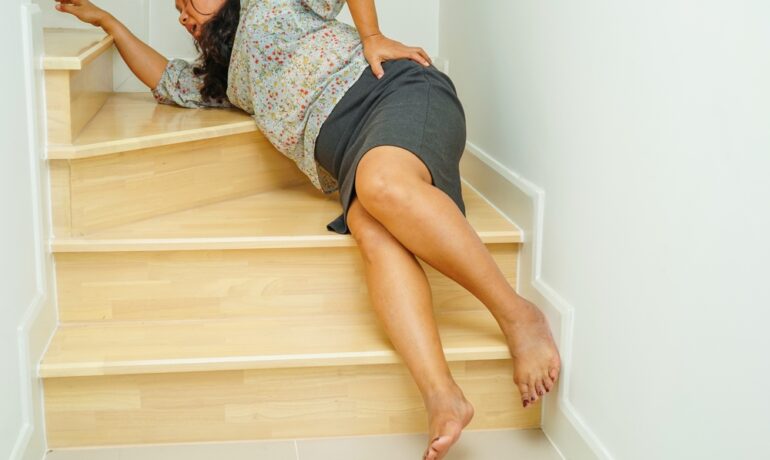Hip fractures are more than just bone injuries; they can be life-changing incidents, especially for older adults.
The Centers for Disease Control (CDC) reports about 300,000 hospitalizations a year for hip fractures.1 Research has shown a concerning trend: individuals who suffer a hip fracture often face a heightened risk of mortality in the months and even years that follow.
A recent study published on JBMR Plus found that patients face the highest risk of death within the first month post-fracture, particularly after hip fractures. In fact, the mortality rate observed over a 5-year period for patients with hip fractures is 36.1% to 48.1% for men aged 66-85, and 21.0% to 30.2% for women in the same age group. This percentage increases for patients 86 and over, with men having a mortality rate of 65.5% and women following at 47.2%.2
Why is this the case, and could there be ways to mitigate this increased risk?
Understanding the Risks: Why Mortality Spikes After Hip Fractures
For older adults, a hip fracture is not simply a physical injury. It often triggers a range of health challenges that can escalate quickly.
Many patients face complications such as:
- Cognitive impairment3
- Cardiac and vascular problems3
- Dangerous blood clots3
- Infections3
- Decline in overall physical function3
- And more
Immobility following a hip fracture also frequently results in muscle loss, making it difficult for patients to regain their strength and independence.4
Psychological factors also play a significant role in recovery. Depression, fear of falling, and reduced social interaction contribute to declining health in many patients.5 Together, these physical and emotional challenges can make the recovery journey more difficult, leading to high mortality rates within the first year after the fracture.
What Is Zoledronic Acid?
Zoledronic acid is a medication primarily administered to patients with osteoporosis. Better known by its brand name, Reclast, it works by slowing bone loss, increasing bone density, and controlling calcium levels released from the bones into the bloodstream.6
Let’s walk through the science behind it. Administered through a yearly intravenous infusion, zoledronic acid inhibits osteoclasts — the cells responsible for breaking down bone tissue. This helps to preserve bone density, making bones stronger and less prone to fractures.
The Federal and Drug Administration (FDA) approved zoledronic acid in 2007 for the treatment of osteoporosis.
The Role of Zoledronic Acid in Reducing Fracture Mortality
A recent study published in The New England Journal of Medicine found that zoledronic acid can help reduce mortality risk in patients with hip fractures.
The study looked at two groups: one that received zoledronic acid and another that got a placebo. Both groups also took vitamin D and calcium supplements. The results showed that the group with the active treatment (zoledronic acid) had 35% fewer new fractures and significantly lower mortality — the risk of death was 28% lower than the placebo group.7
Based on this research, zoledronic acid represents a promising option in post-fracture care.
Get Comprehensive Osteoporosis Treatment with ARBDA
At ARBDA, we understand the significant impact osteoporosis can have on patients’ lives, especially following an injury like a hip fracture. Our team of experienced osteoporosis specialists in New Jersey offers comprehensive care tailored to your unique needs. We’re committed to supporting you every step of the way.
Schedule an appointment with one of the best osteoporosis doctors in New Jersey today, and take a proactive step towards stronger bones and a healthier future.
1https://www.cdc.gov/falls/prevention/index.html
2https://academic.oup.com/jbmrplus/article/8/5/ziae002/7584588
3https://pmc.ncbi.nlm.nih.gov/articles/PMC4133447/
5https://www.ncbi.nlm.nih.gov/books/NBK565568/#:~:text=Depression%2C%20delirium%2C%20and%20cognitive%2D,%25)%2C%20respectively%20%5B3%5D.

